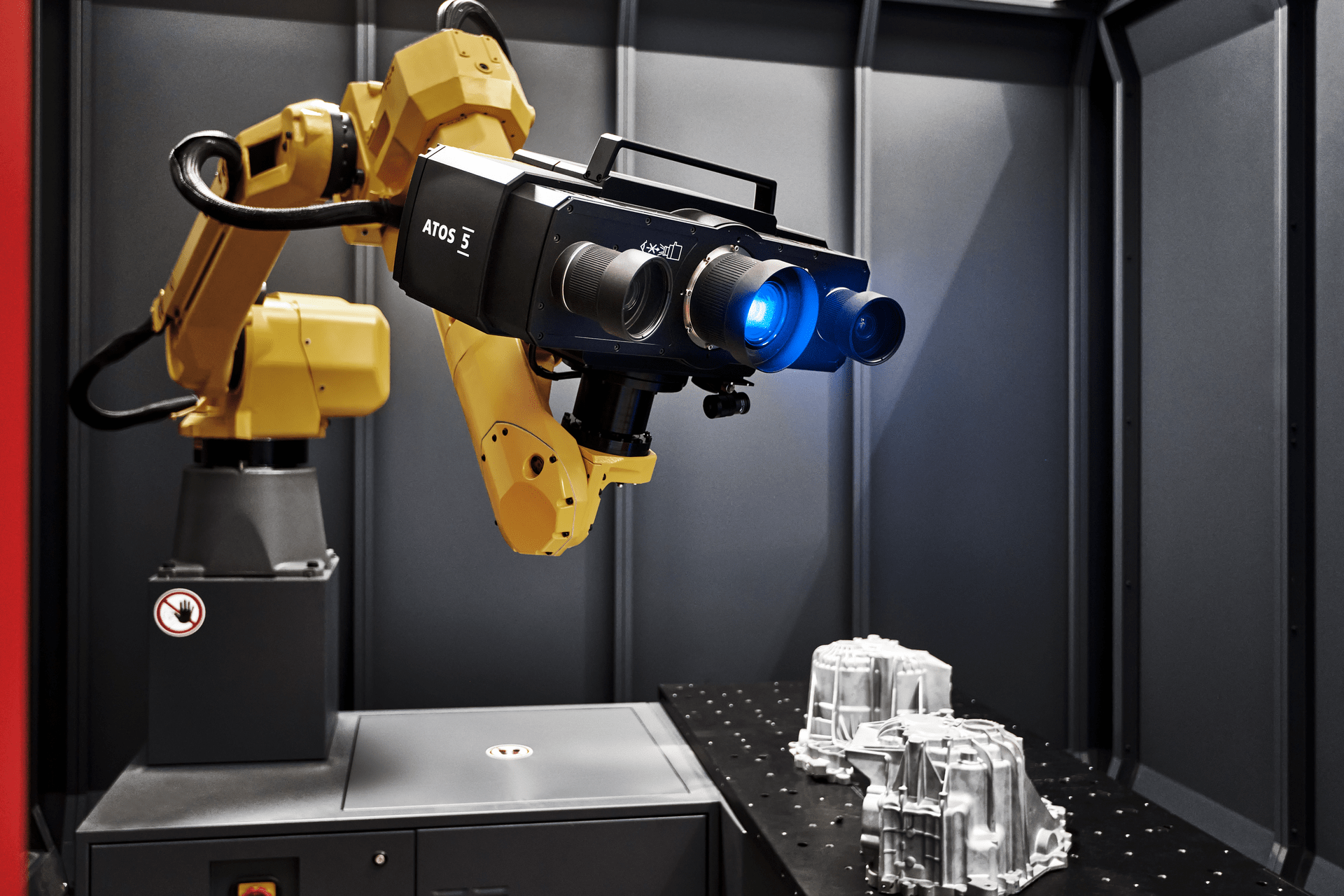What Is 3D Scanning Used For?
3D scanning is a type of non-contact optical CMM technology that captures the geometry and appearance of real-world objects or environments to create digital 3D models known as digital twins. There are various applications of 3D scanners across different industries. Here are some common uses of 3D scanning:
Manufacturing and Engineering: A 3D scanner creates a digital twin of existing objects or parts. These models are used for dimensional inspection, quality control, reverse engineering, prototyping, and creating computer-aided design (CAD) files for applications like reverse engineering, rapid prototyping, and additive manufacturing (3D printing).
Architecture and Construction: Architects and construction professionals use metrology-grade 3D scanners to capture accurate measurements of buildings, landscapes, and structures. This data is used to design renovations, create as-built models, and generate architectural visualizations.
Cultural Heritage Preservation: 3D scanning enables the preservation and documentation of cultural artifacts, historical sites, and artworks. A high-resolution 3D scanner captures intricate details, textures, and dimensions of objects, helping in restoration, research, and virtual museum displays.
Medical and Healthcare: In the medical field, accurate 3D scanning is used for creating personalized prosthetics, orthotics, and implants. 3D scanning is also a tool used in surgical planning, visualizing anatomical structures, and generating patient-specific models for education and training.
Entertainment and Gaming: 3D scanning plays a significant role in the entertainment industry. It is used to create realistic characters and environments for movies, video games, and virtual reality experiences. 3D scanning human actors or physical objects helps capture their likeness and integrate them into digital media.
Art and Design: Artists and designers utilize 3D scanning to capture physical objects or sculptures and transform them into digital representations. Artists can modify these digital models, combine them with other designs, or use them as a basis for creating new artworks or products.
Virtual and Augmented Reality: 3D scanning captures real-world objects or environments and converts them into virtual or augmented reality experiences. This technology enhances simulations, training programs, virtual tours, and interactive applications.
Forensics and Crime Scene Investigation: Law enforcement agencies use high-resolution 3D scanning to document crime scenes accurately. This data can assist in recreating the scene, analyzing evidence, and aiding investigations.
These are just a few examples of the broad range of applications for 3D scanning technology. 3D scanning technology is advancing, creating new opportunities for future emerging applications. Contact us to learn how our blue light 3D scanning technology can work for your application!

